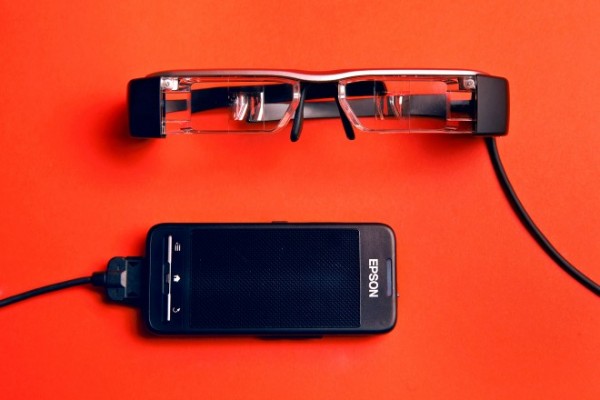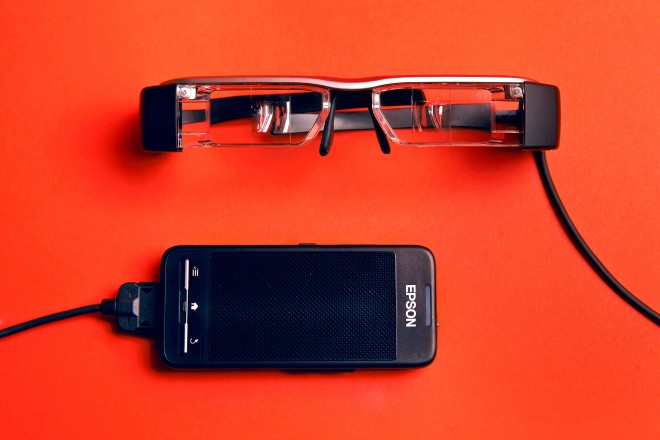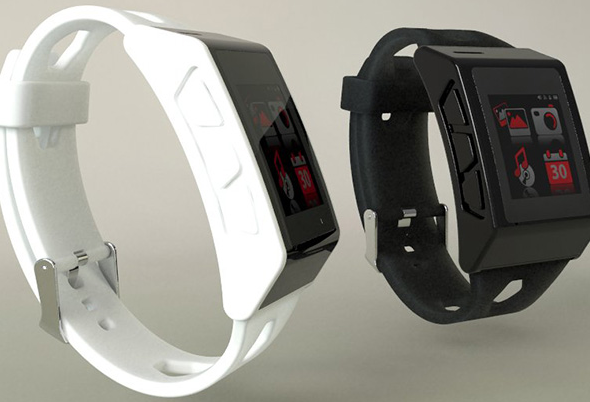
People come in all shapes, sizes, and personalities, so their devices should vary in the same way, so don’t be surprised to see iterations in new technologies.
Most of the demand for smart watches is due to a desire for a second screen device. A separate and supplementary device to present notifications and run simple apps, powered by the central hub that is a standard smartphone.
However, not all people are looking for an additional device. There is also a demand for a miniaturized smartphone that is portable and always available, very much in direct contrast with the likes of large screen “phablet” devices such as the Galaxy Note series.
Exetech is one of the first companies to fill this desire with the Exetech XS-3, a full blown Android smartphone, miniaturized into a watch form factor.
The XS-3 isn’t exactly the most advanced when it comes to specifications, though. It will ship with Android 4.0, Ice Cream Sandwich, a nearly 2 1/2 year old Android version. The processor is a dual core processor from MediaTek and it will have 2GB on onboard storage, bolstered by an available SD card spot.
Due to the hardware and form factor, there are a couple inherent limitations for the XS-3. First, it will not be the best option for running most apps. Although many apps may be optimized for the screen size as smartwatches become more prevalent in the future, it will initially be a major stumbling block for the device.
The second is battery life. Since the watch is so small, only a 420mAh battery could be installed, meaning only a handful of hours if it put through any reasonable workload. The significance of battery impact is usually negated with watches that are used as a supplementary device since the workload can be divided between the battery on the watch and the phone.
Although the Exetech XS-3 may only be a nice solution for a select few, it also serves as proof that no single device can fully encompass all the needs of every user. Most geeks that want to get the most out of their technology will need to look to a variety of device types, be it a smartphone, smartwatch, or a headset like Google Glass.
Of course, not everyone is looking to maximize the number of features they have access to, which is exactly why something like the XS-3 exists in the first place.
Source: Engadget
Be social! Follow Walyou on Facebook and Twitter
Read more on Walyou, Tizen’s Role in the Mobile OS Race, The Soap Smart Router Fixes Home Networking
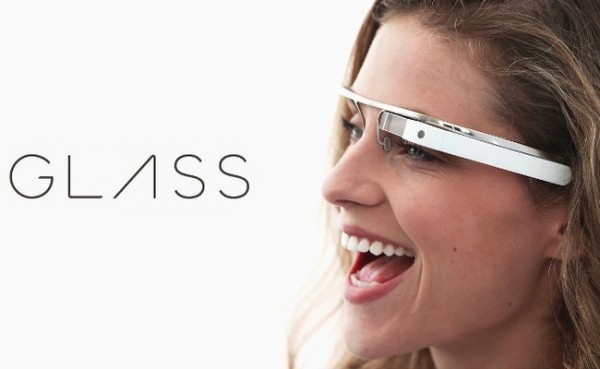
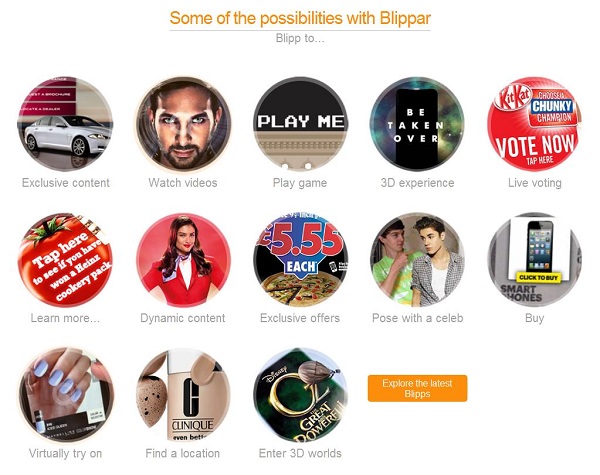
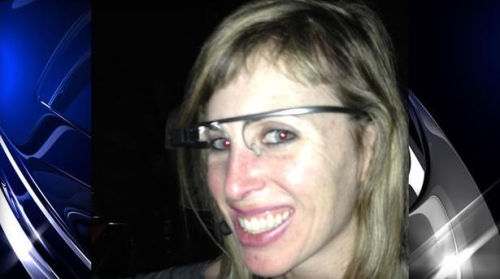 A woman posted on her Facebook page that she was attacked by fellow patrons as a result of wearing her Google Glass in a local San Francisco bar on Friday. Sarah Slocum posted that while wearing the device she was confronted by two women and then had the wearable device ripped from her face by a man.
A woman posted on her Facebook page that she was attacked by fellow patrons as a result of wearing her Google Glass in a local San Francisco bar on Friday. Sarah Slocum posted that while wearing the device she was confronted by two women and then had the wearable device ripped from her face by a man.
